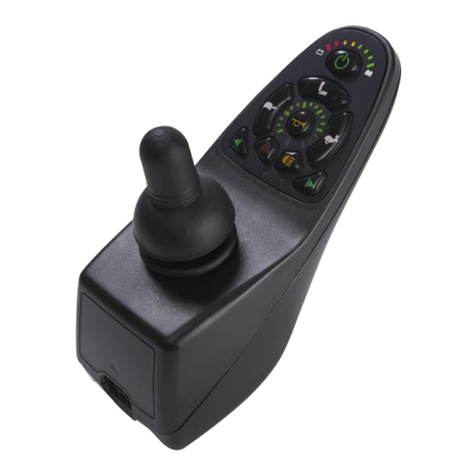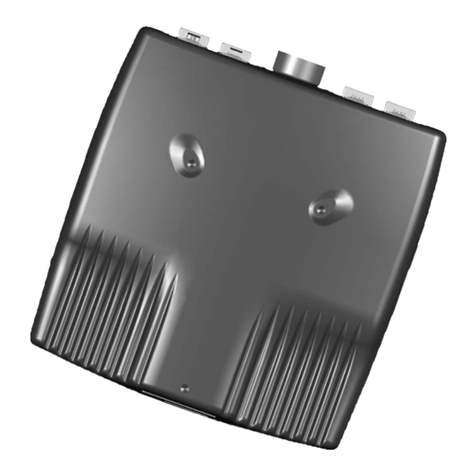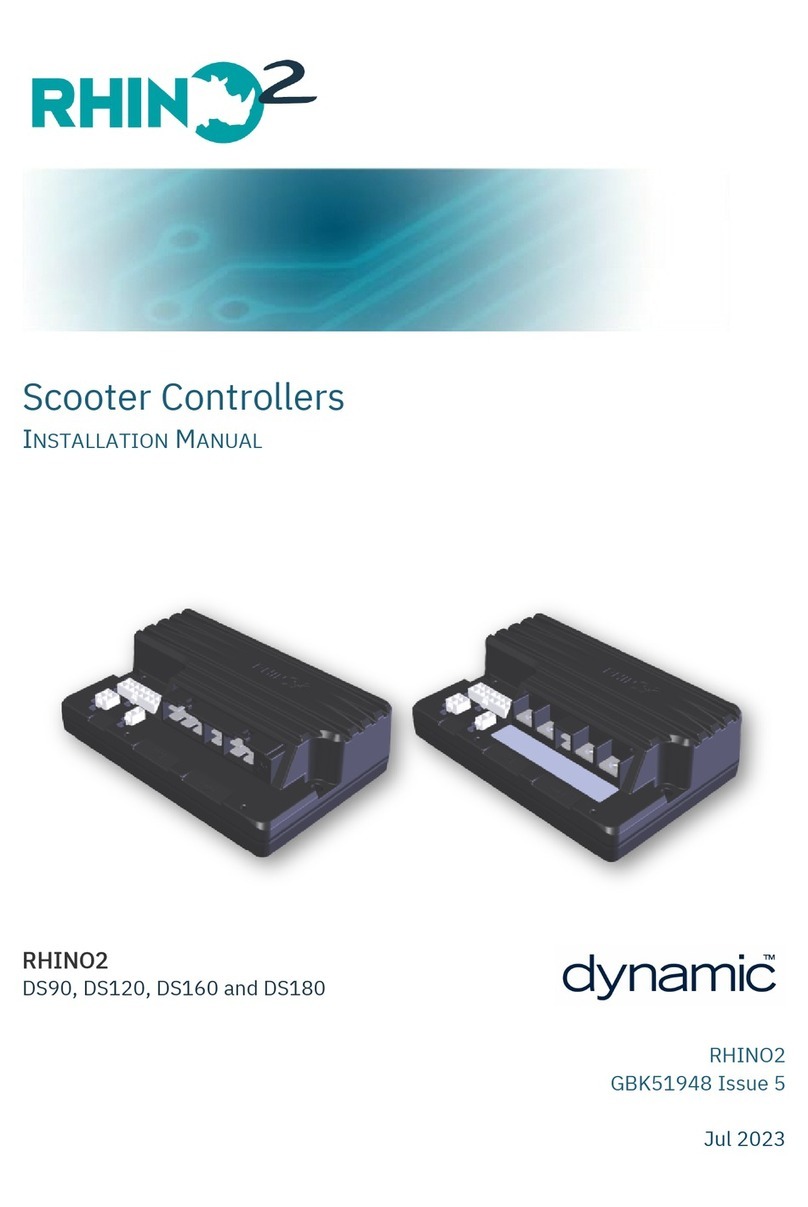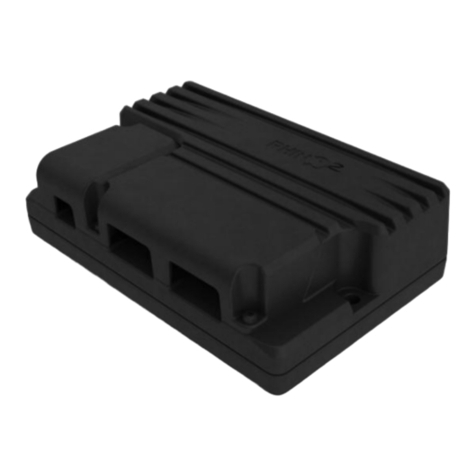
Rhino to RHINO2 Conversion Guide Page 3
Contents
ABOUT .............................................................................................................................................................2
INTRODUCTION ...............................................................................................................................................4
INTRODUCING THE RHINO2 .............................................................................................................................5
PROCEDURE.....................................................................................................................................................6
STEP 1–CAPTURE THE EXISTING RHINO’S PROFILE ........................................................................................................ 7
STEP 2–REPLACE THE RHINO CONTROLLER WITH THE RHINO2 CONTROLLER..................................................................... 7
STEP 3–ADAPT THE CABLES ..................................................................................................................................... 7
Install the motor, park brake and battery cable adaptors............................................................................. 7
Install the logic cable adaptor...................................................................................................................... 13
STEP 4–SET UP THE SCOOTER PROFILE...................................................................................................................... 14
Set up throttle parameters........................................................................................................................... 14
Set up drive performance parameters ......................................................................................................... 14
Set up motor management parameters ...................................................................................................... 14
Set up park brake management parameters ............................................................................................... 15
Set up battery management parameters..................................................................................................... 15
Set up actuator parameters (where fitted) .................................................................................................. 15
Fine tune Load Compensation...................................................................................................................... 15
To finish........................................................................................................................................................ 15
STEP 5–TEST DRIVE.............................................................................................................................................. 16
FURTHER INFORMATION ...............................................................................................................................17
PROGRAMMING.................................................................................................................................................... 17
EXTERNAL BATTERY CHARGER SOCKET........................................................................................................................ 17
LOGIC CONNECTOR ................................................................................................................................................ 18
Beeper Output.............................................................................................................................................. 18
Speed Reduction Wiper................................................................................................................................ 18
Forward-reverse input.................................................................................................................................. 18
Status LED .................................................................................................................................................... 19
SPEED SETTINGS.................................................................................................................................................... 19
SPEED REDUCTION ................................................................................................................................................ 19
ACCELERATION AND DECELERATION SETTINGS ............................................................................................................ 19
THROTTLE NEUTRAL OFFSET.................................................................................................................................... 20































